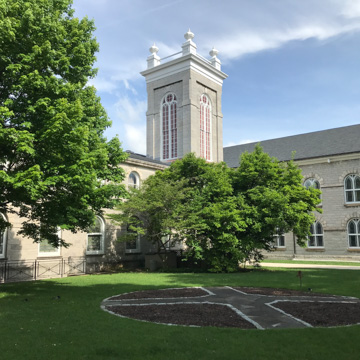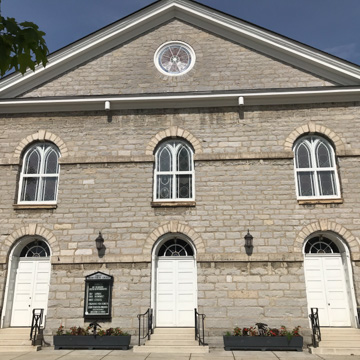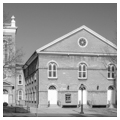Carlisle's Scots Presbyterians commissioned the usual dissenting building with an entrance on the long south side and the pulpit in the center of the opposite wall. Smith used the local limestone as rubble, but rimmed with larger carefully cut quoins, voussoirs above the windows, and a belt course at the balcony level. By the early nineteenth century, a brick
You are here
First Presbyterian Church
1769, Robert Smith; 1873, Samuel Sloan; 1901, Miller I. Kast, and others. 2 N. Hanover St.
If SAH Archipedia has been useful to you, please consider supporting it.
SAH Archipedia tells the story of the United States through its buildings, landscapes, and cities. This freely available resource empowers the public with authoritative knowledge that deepens their understanding and appreciation of the built environment. But the Society of Architectural Historians, which created SAH Archipedia with University of Virginia Press, needs your support to maintain the high-caliber research, writing, photography, cartography, editing, design, and programming that make SAH Archipedia a trusted online resource available to all who value the history of place, heritage tourism, and learning.











